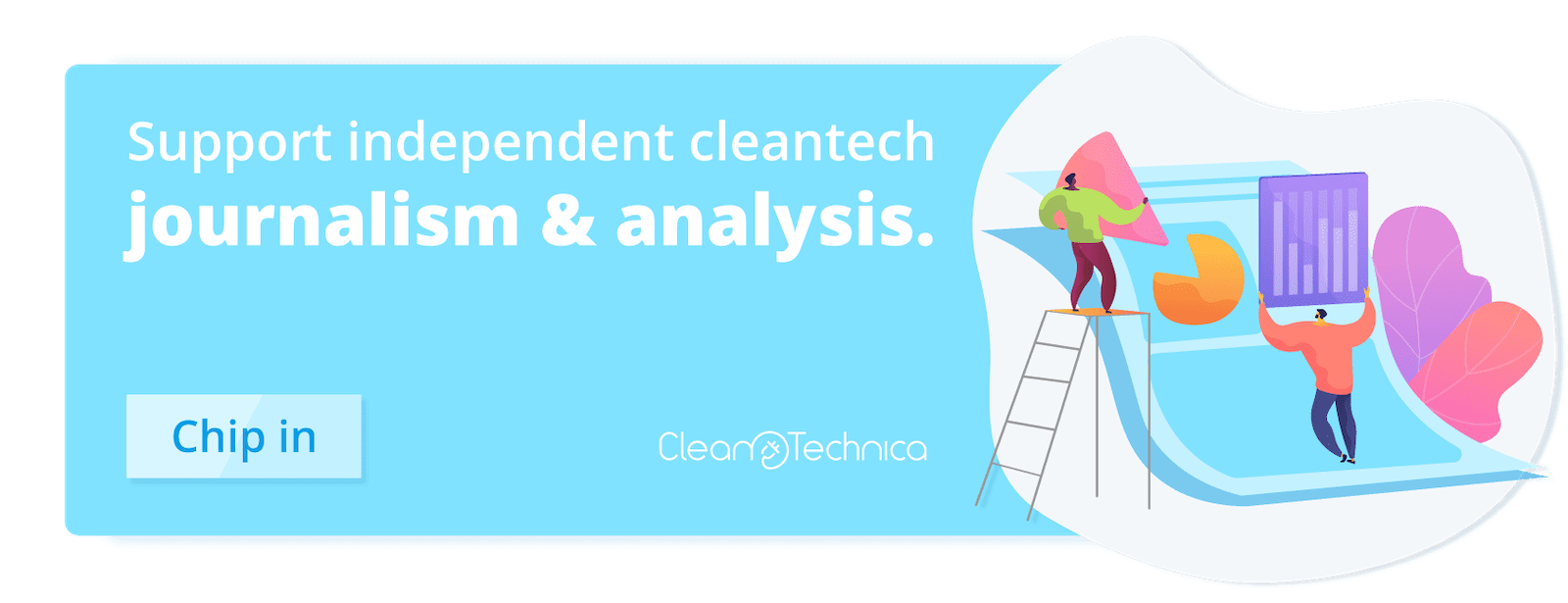
Using electrochemistry to separate different particles within a solution (also known as electrochemical separation) is an energy-efficient strategy for environmental and water remediation: the process of purifying contaminated water. But while electrochemistry uses less energy than other, similar methods, the electric energy is largely derived from nonrenewable sources like fossil fuels.
Chemists at the University of Illinois Urbana-Champaign have demonstrated that water remediation can be powered in part — and perhaps even exclusively — by renewable energy sources. Through a semiconductor, their method integrates solar energy into an electrochemical separation process powered by a redox reaction, which manipulates ions’ electric charge to separate them from a solution like water.
Using this system, the researchers successfully separated and removed dilute arsenate — a derivative of arsenic, which is a major waste component from steel and mining industries — from wastewater.
This work represents proof-of-concept for the applicability of such systems for wastewater treatment and environmental protection.
“Global electrical energy is still predominantly derived from nonrenewable, fossil-fuel-based sources, which raises questions about the long-term sustainability of electrochemical processes, including separations. Integrating solar power advances the sustainability of electrochemical separations in general, and its applications to water purification benefit the water sector as well,” said lead investigator Xiao Su, a researcher at the Beckman Institute for Advanced Science and Technology and an assistant professor of chemical and biomolecular engineering.
This work appears in the journal Small at https://doi.org/10.1002/smll.202305275.
News from University of Illinois–Urbana Champaign, by Jenna Kurtzweil.
I don’t like paywalls. You don’t like paywalls. Who likes paywalls? Here at CleanTechnica, we implemented a limited paywall for a while, but it always felt wrong — and it was always tough to decide what we should put behind there. In theory, your most exclusive and best content goes behind a paywall. But then fewer people read it! We just don’t like paywalls, and so we’ve decided to ditch ours. Unfortunately, the media business is still a tough, cut-throat business with tiny margins. It’s a never-ending Olympic challenge to stay above water or even perhaps — gasp — grow. So …




